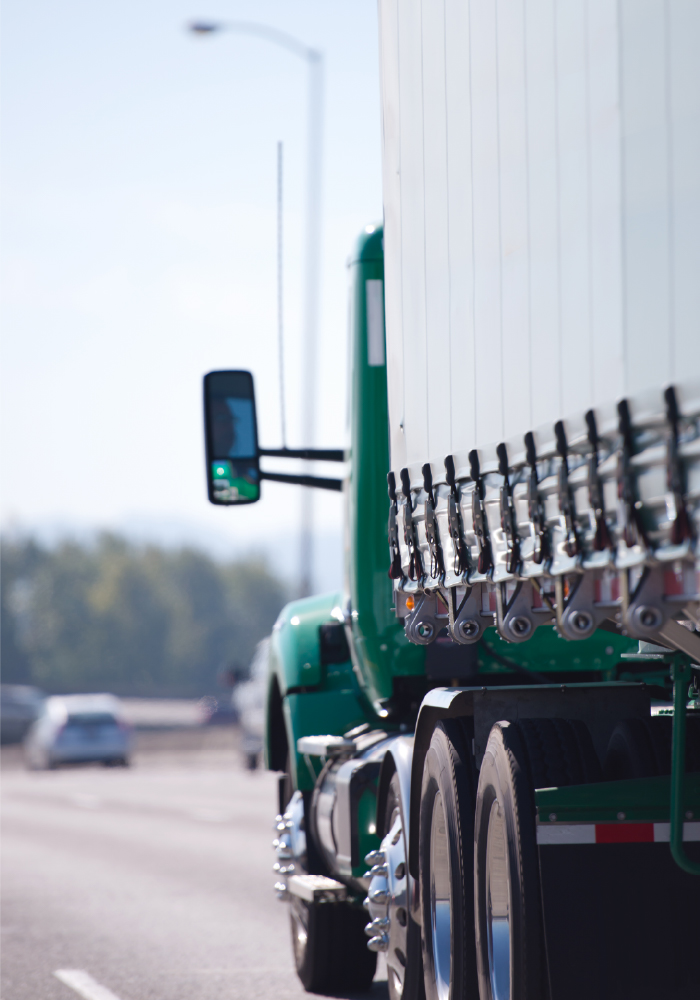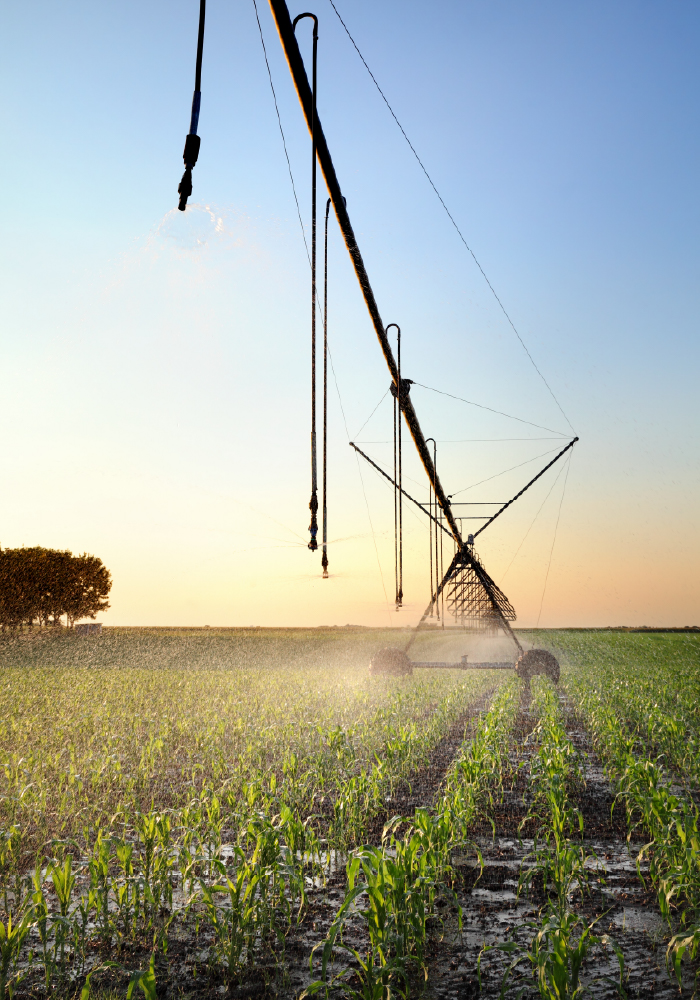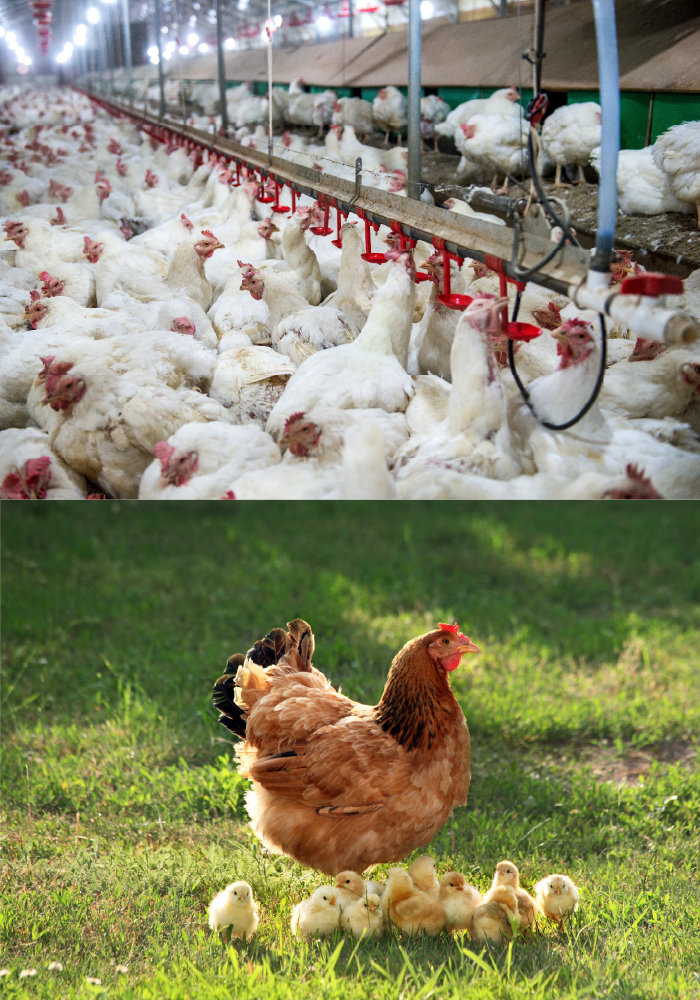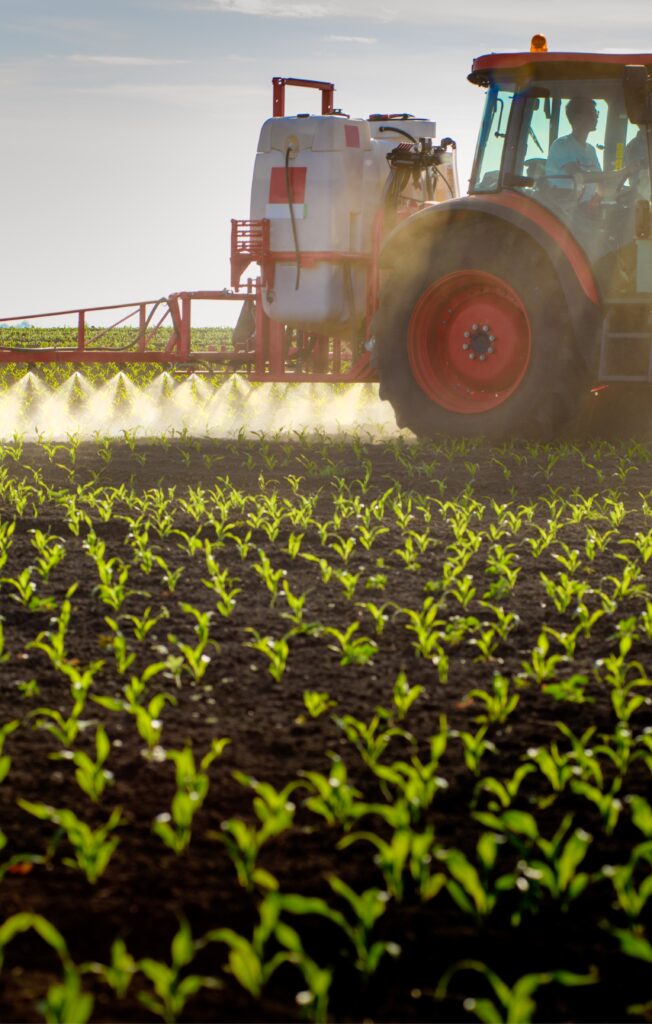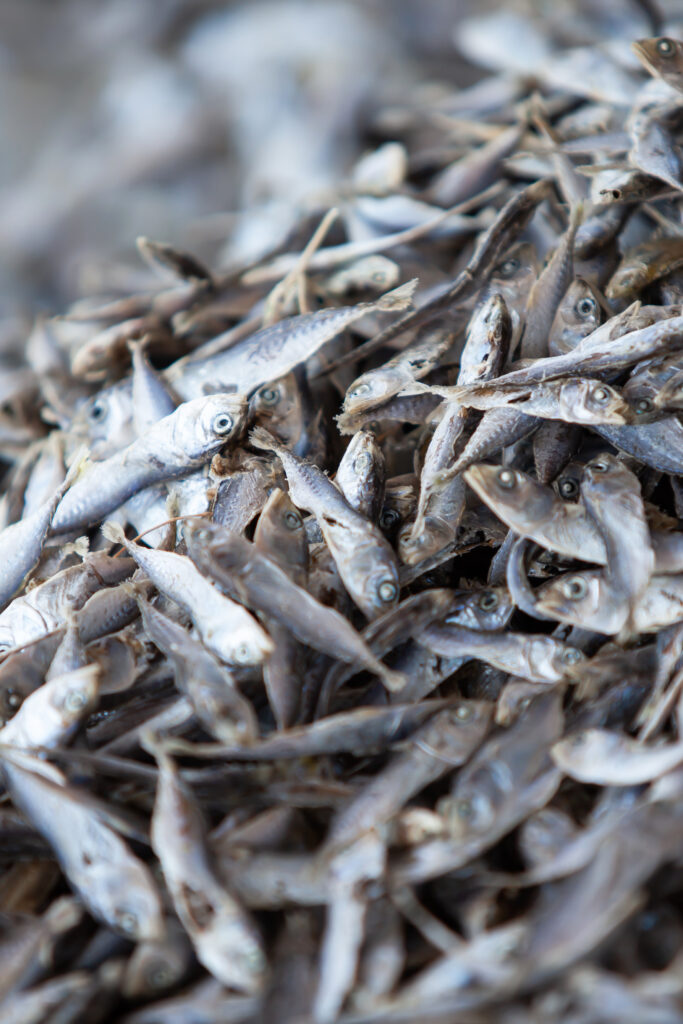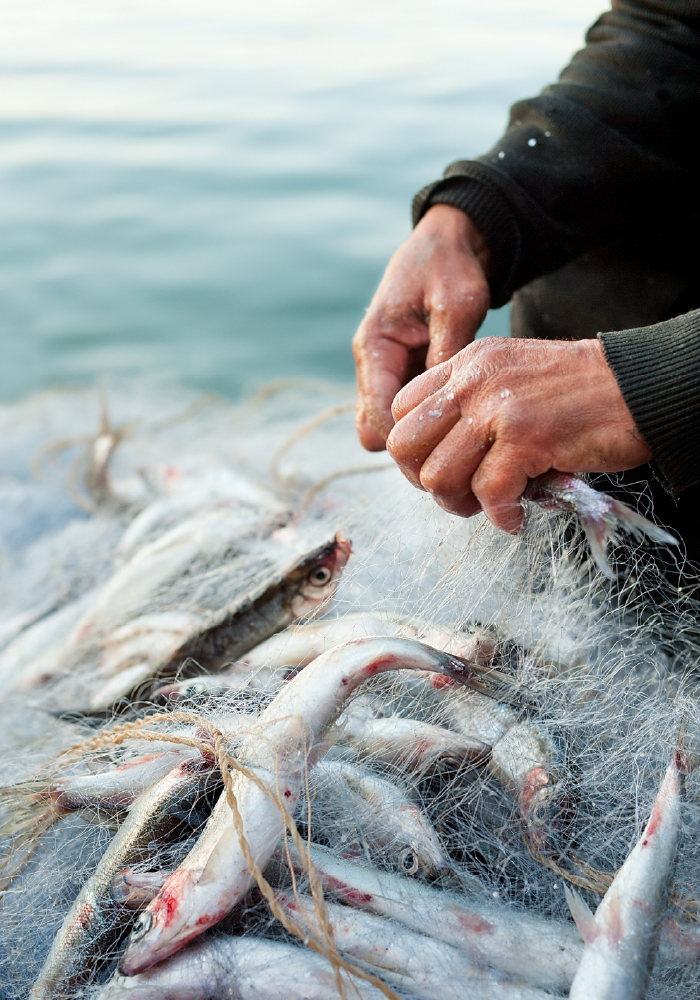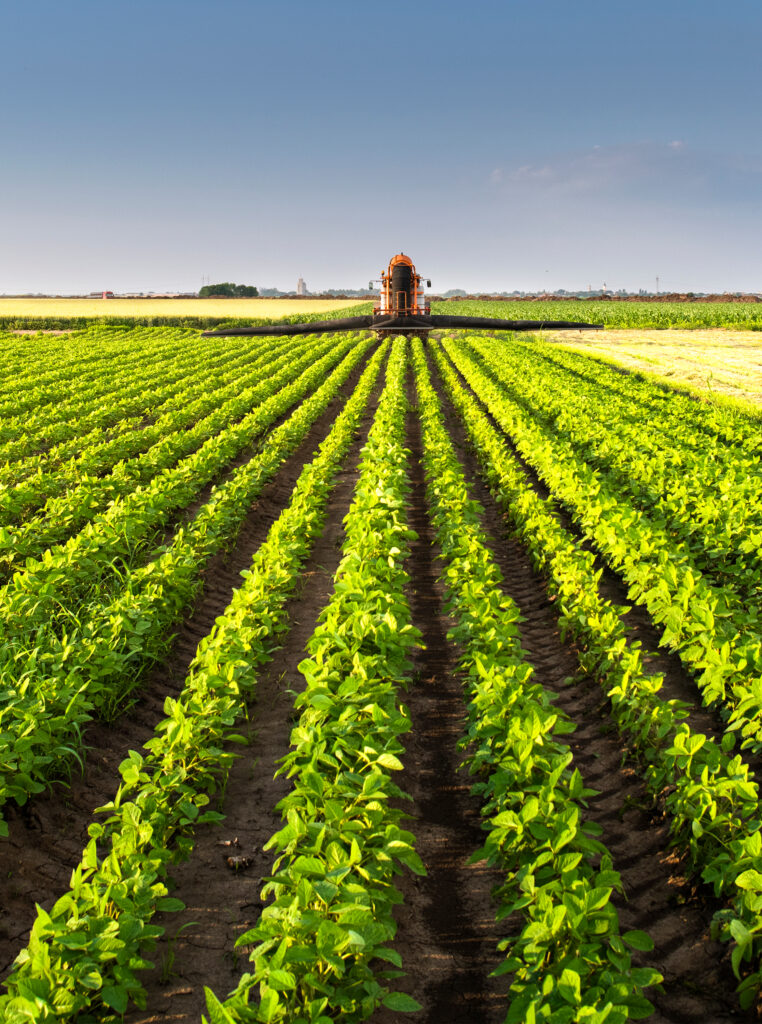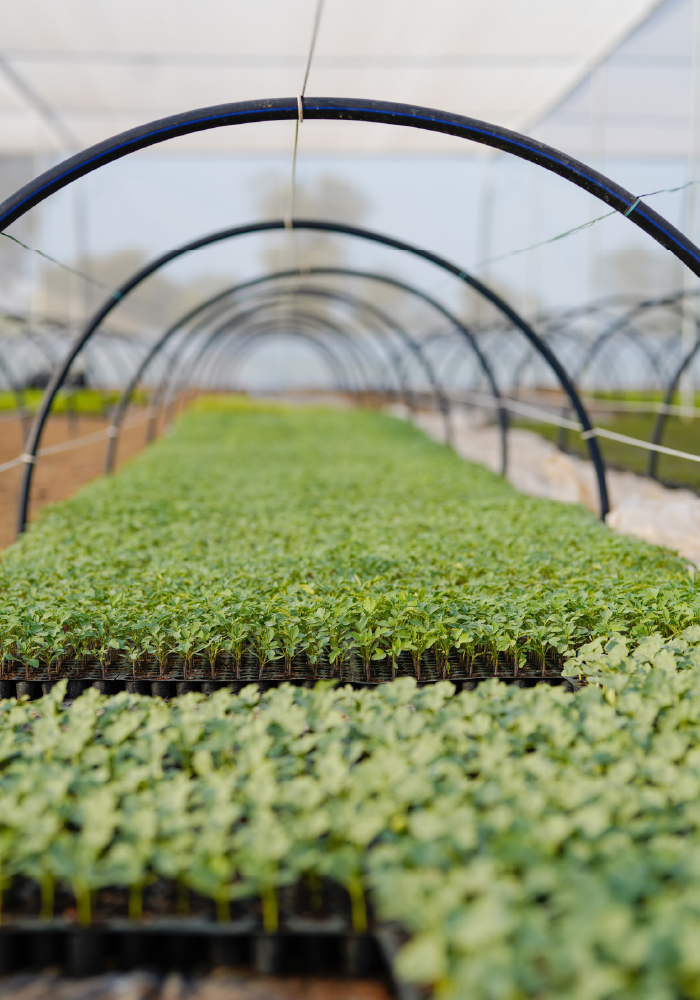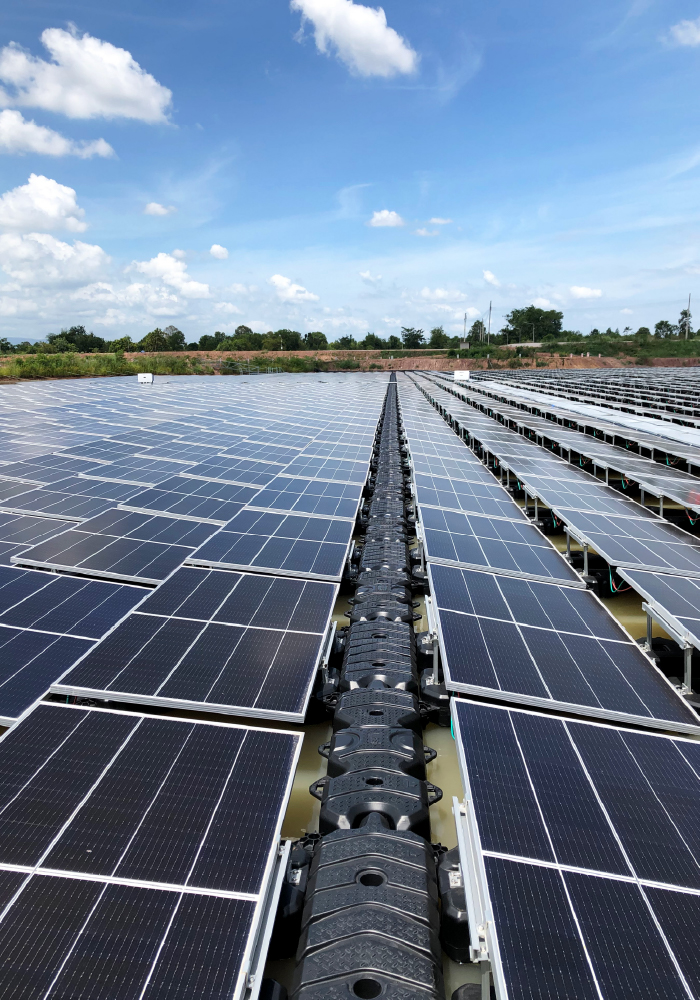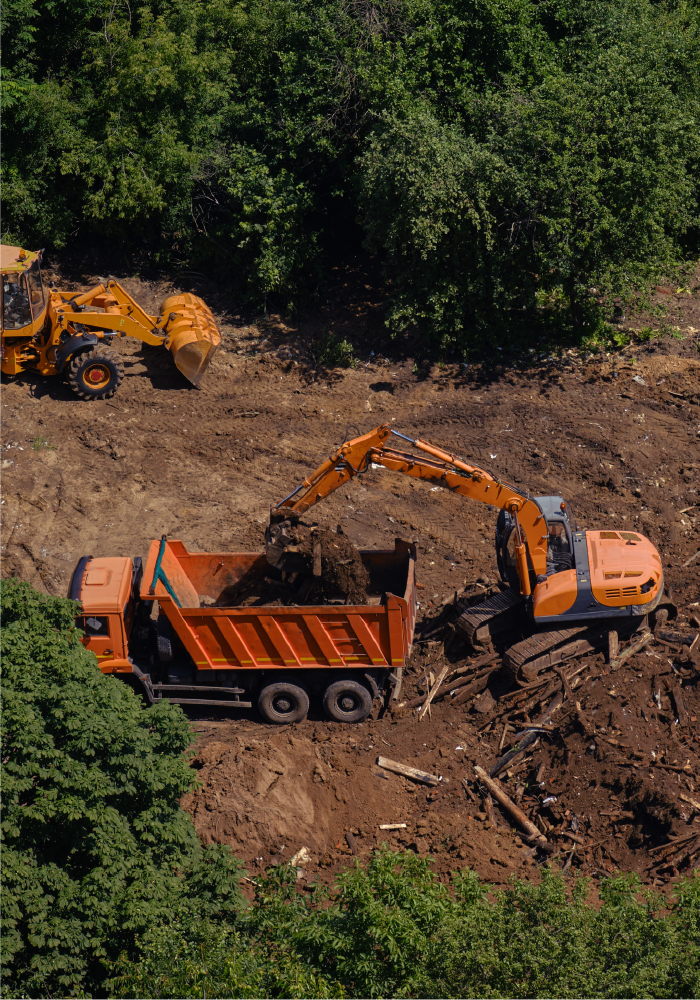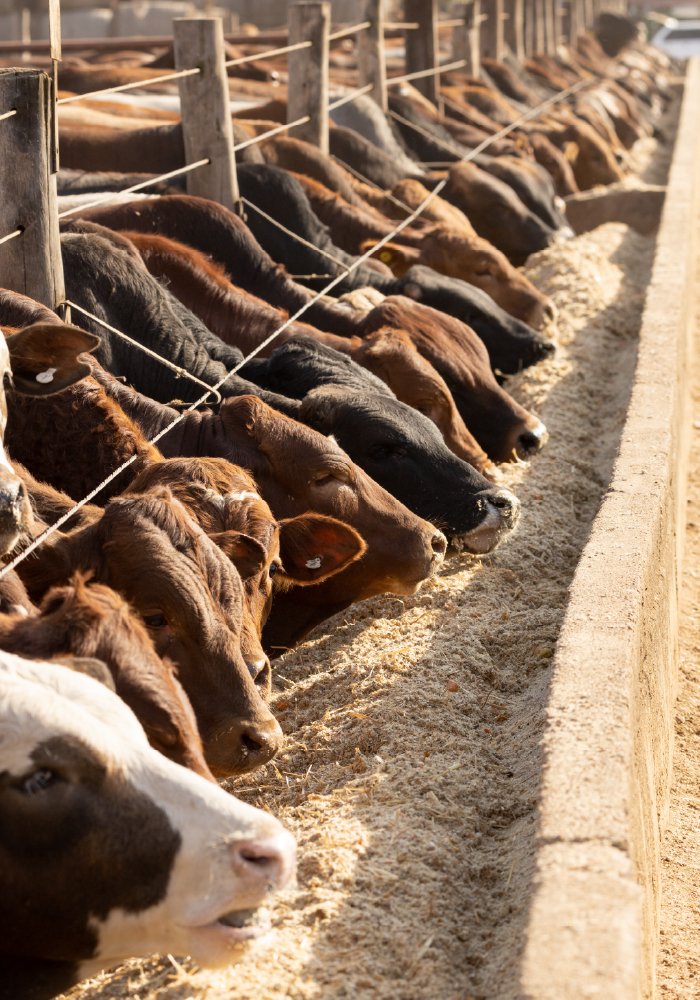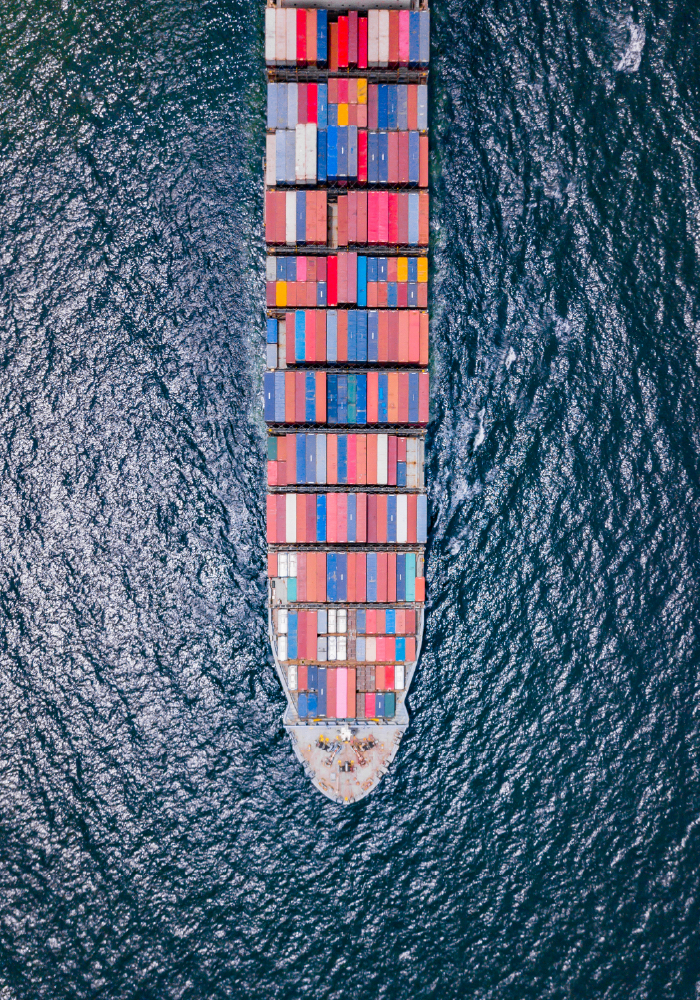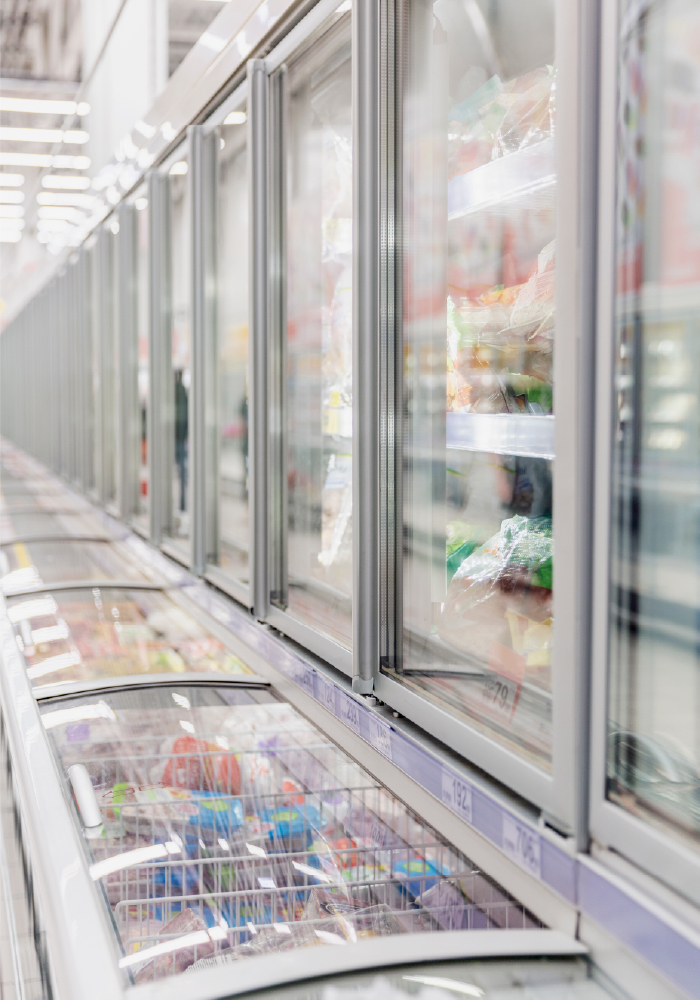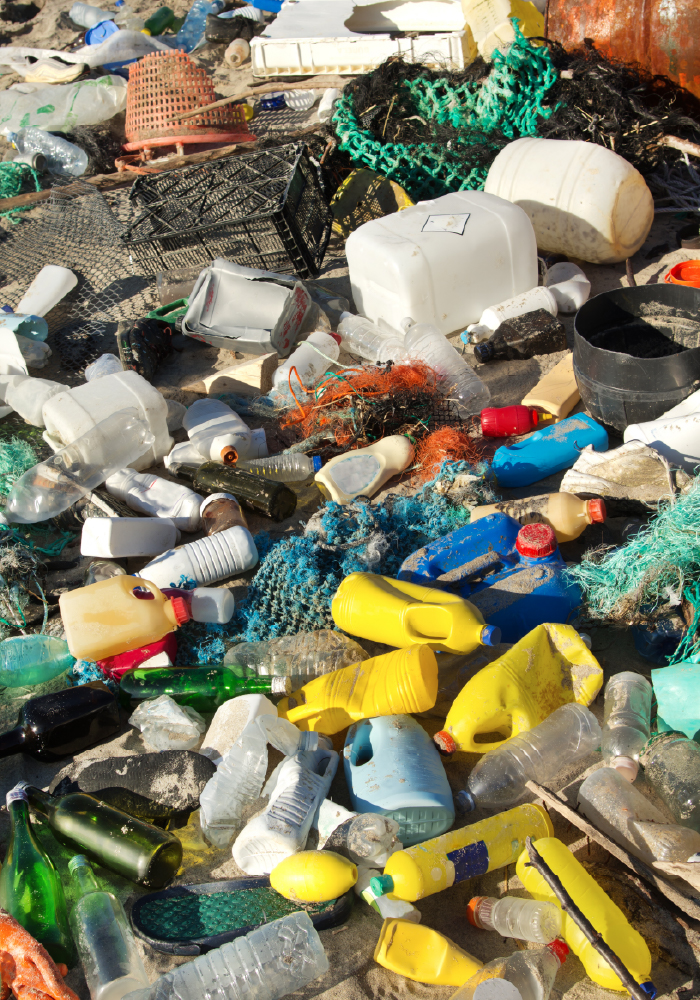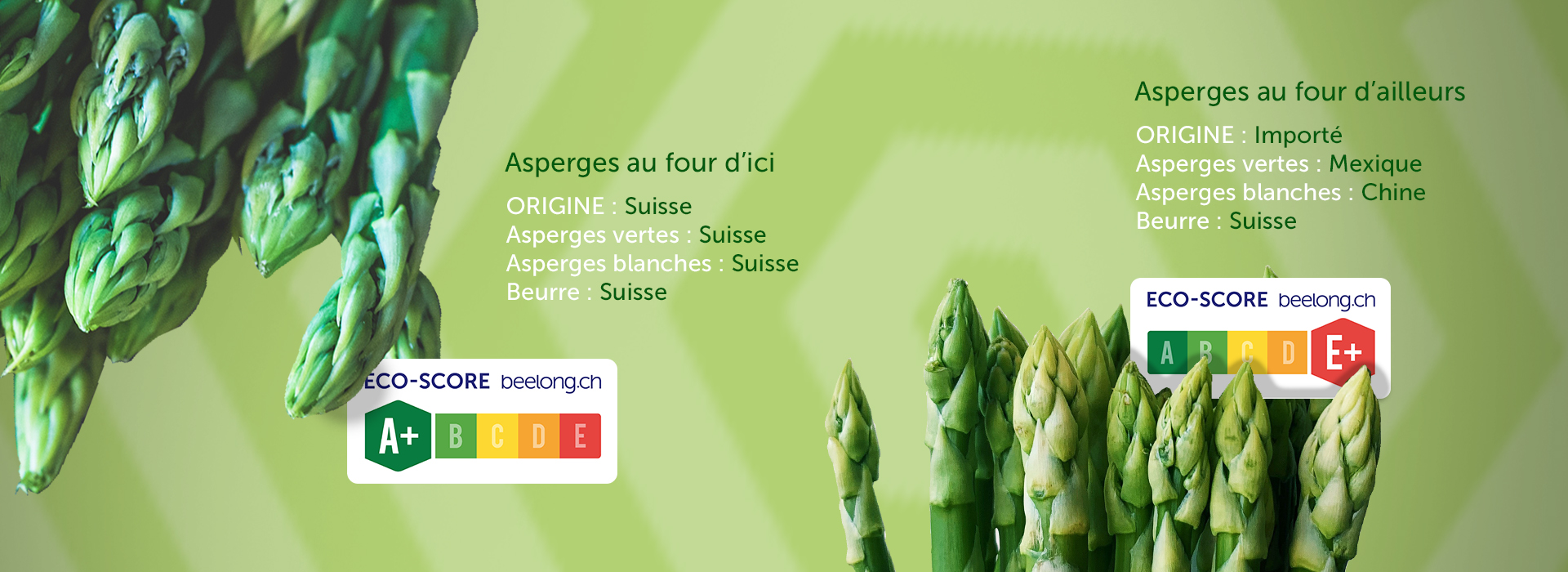
- Back to blog
- 09 November 2023
- Do not miss
What role does the origin of food play in the environmental footprint of our plates?
To calculate the environmental impact of a food product, many environmental indicators come into play, such as the type and quantity of each ingredient in the product (recipe), the cultivation method, the type of meat and cut, the type of farming and the animal’s diet, agricultural labels, transportation, packaging, endangered fish species or those raised in critical conditions, fishing techniques, the company’s sustainability policy, and the origin of the ingredients.
These numerous indicators have more or less importance when it comes to calculating a product's environmental footprint. So what role do these origins play?
Contrary to popular belief, in most cases, the distance food travels plays a minor role in its environmental impact. In comparison, the type of food and the resources required to produce it, as well as water and soil pollution and biodiversity loss, contribute the most to its environmental impact. With one major exception: if the product is transported by air, then the share of transportation in the environmental impact can become dominant.
Exemple :
- Carbon footprint of one ton of refrigerated food transported 1 km by truck: 0.5 kg CO2-eq.
- Carbon footprint of one ton of refrigerated food transported 1 km by plane: 1.5 kg CO2-eq.
In addition to distance and transportation methods, the origin of the ingredients also plays a role in the water stress of the producing country (available water resources versus the water needs of the food), as well as in the agricultural policies of producing countries, which sometimes include environmental standards.
To summarize, here are the various reasons why it is best, whenever possible, to prioritize Swiss foods:
Distances and modes of transportation.
The distance traveled should be taken into account for both the ingredients that make up a finished product and the finished product itself. For example:
- The number of kilometers traveled by each ingredient from its country of origin to the place of manufacturing (or storage, packaging, etc.) of the finished product.
- The number of kilometres travelled by the finished product from the place of elaboration to the place of consumption
Sourcing raw materials and finished products from Switzerland and/or Europe helps reduce the distance traveled and, most importantly, ensures that they have not been transported by air.
There are several possible modes of transportation (truck, train, plane, electric car, bicycle, etc.) for a single journey. For example, bananas from South America are partly transported by truck and partly by ship. However, this information is rarely available, so the following assumption can be made: fresh and perishable products that cross an ocean are very likely transported by air and should therefore be avoided. For instance, New Zealand kiwis or South American fresh meat.
The environmental impact of transportation can also vary depending on whether the food is refrigerated or frozen.
Water stress
Not all geographical areas are equal when it comes to available freshwater. Some countries have less water available, resulting in higher water stress. The method... AWARE par exemple permet d’évaluer la pénurie d’eau par pays ou région.
AWARE is a midpoint indicator of water use that represents the remaining available water per region in a watershed, once the needs of humans and aquatic ecosystems have been met. It assesses the potential for water deprivation, for humans or ecosystems, based on the assumption that the less water available per region, the more likely it is that another user will be deprived of it. The water consumption of a food product is the result of multiplying the water consumption of the food by the water stress of the producing country.
In Switzerland, the available water resources are sufficient for agriculture, and water stress is low (see below). Sourcing raw materials from Switzerland, for example, by choosing seasonal fruits and vegetables rather than those imported from southern Europe, where water stress is high, helps reduce the environmental footprint of food.
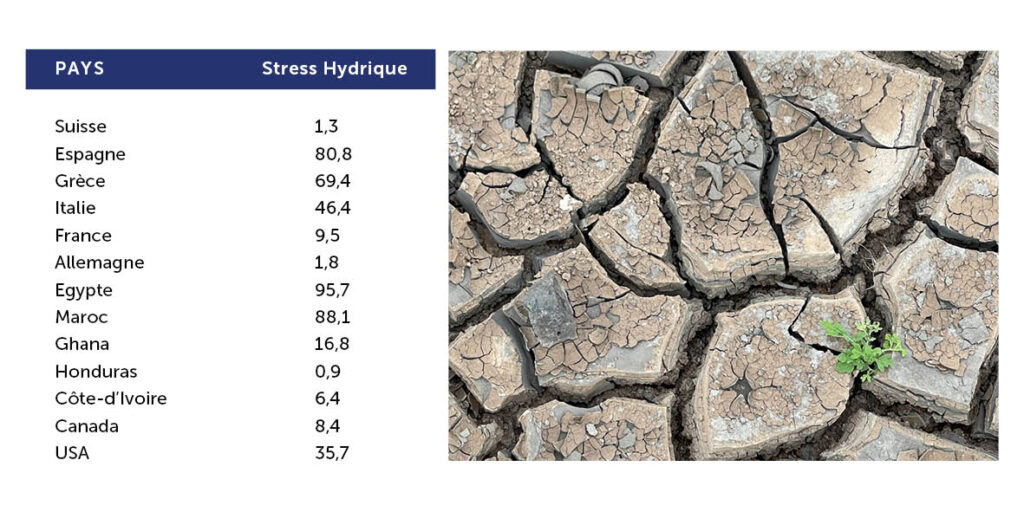
Caption: The higher the water stress, the lower the freshwater resources. In this case, the needs of humans, wildlife, and plant life are in competition. Source: AWARE (2018).
3) Agricultural policies of producing countries and production methods
Some countries choose to regulate agricultural production by setting environmental standards. In European countries, for example, certain standards must be adhered to, such as the prohibition of cultivating Genetically Modified Organisms (GMOs).
In Switzerland, these standards for conventional agriculture go further and are grouped under the « Ecological Performance Requirements (EPR) ». These strict requirements aim to promote environmentally friendly farming and play a central role in Swiss production. The PER include measures such as compliance with certain animal protection standards, the balance of fertilizer use, the limitation of air pollution, and the preservation of soils through regular analyses.
In addition to these criteria, the EPR encourage biodiversity by allocating areas for this purpose and supporting items listed in national inventories. Farmers are also required to comply with the prescriptions for special crops and the requirements related to seeds and plants.
Compliance with these standards is essential to benefit from direct payments. The checks, supervised by the Federal Office for Food Safety and Veterinary Affairs, ensure compliance.
Moreover, a large number of Swiss farmers go beyond the legislation and participate in voluntary programs, such as the SST/ROA which guarantee additional requirements in terms of animal welfare.
Some production methods are completely banned in Switzerland. This is the case, for example, for battery farming (hens, eggs, rabbits) and foie gras production.
For cattle, pasture-based farming is the most common practice in Switzerland. This production method significantly helps reduce the environmental impact of livestock (beef, veal) because forage-based feeding requires fewer resources than grain-based feeding. A Swiss pasture-based production system can reduce CO2 emissions from cattle farming by up to 30% compared to the global average. In summary, the origin of food plays a major role in its environmental footprint, mainly due to the production methods of the producing countries, but also through water stress and the mode of transportation (whether by air or not).
It is important to note that many other factors come into play, starting with the types of food that are consumed!
Do you want to consume more sustainably but don't know where to start? Here are the Eat sustainably in 8 key steps . Why not start by choosing three?
Success-story : When collective catering chooses sustainability!
In collective catering, more and more customers are seeking greater transparency about their environmental impact. Discover the story of the Zofingen nursing home, which, thanks to a few tips, has managed to make the kitchen more sustainable, A true source of inspiration. They explain to you !
The Beelong team with the support of Agro-Marketing Switzerland (AMS)





